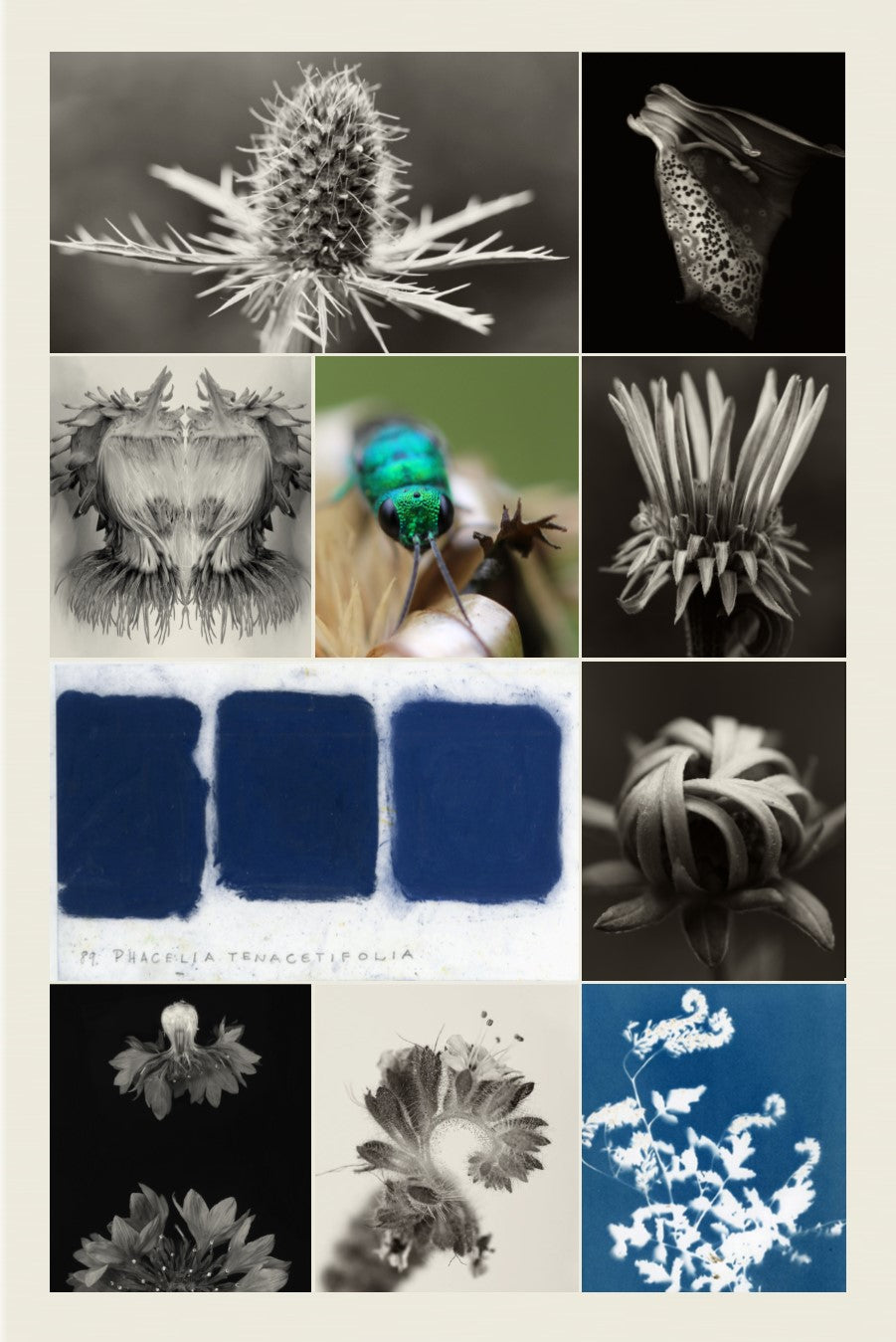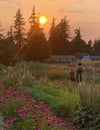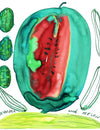
Welcome to our 2019 season!
For those of you who have followed our journey with seeds for a while, you’ll know that much of our inspiration in this work is a celebration of the relationships between communities and their food plants. So much of the identity of culture and a sense of place relates to its food traditions, rooted in the farmers, the trade routes, the soils, the immigration and forced relocation stories... We come together over meals and the ingredients of those meals tell the stories of the relationships between people and place in their DNA.
But that’s just the last couple thousand years.
What gives us as much joy in this work as a good meal created from the fruits of our labor, is to walk through the field with a sense of wonder, to slow down, and to notice. The theme of this year’s catalog is POLLINATE and that’s, in part, to recognize that our own relationship with plants enjoys a barely significant fraction of the dazzling complexity shared between plants, bees, and other pollinators. We’ve accomplished some clever breeding successes in our day but frankly, bees have been breeding plants (and honestly, vice versa) since before we were a twinkle in the evolutionary eye. Bees and flowering plants were quite literally made for each other.
We came across Vancouver BC artist jasna guy’s work earlier this year, and it struck a chord with us in finding that magical balance of methodical inquiry and meticulous attention to detail with a joyous sense of wide-eyed wonder. All the images in this year’s catalog come from her artistic inquiry into the complex relationships between bees, pollen, and plants in various mediums, some as simple as dissected and pressed flower herbarium samples, some as complex as a 40’x60’ installation made from tens of thousands of individual block prints. Of course, given the state of pollinator populations worldwide, there is an underlying message of urgency in jasna’s work regarding how we as a culture relate to our place in the natural world.
I remember growing our first gardens and market farms with an eye towards productivity, but as time goes by we find more and more that we reap many of our rewards in less tangible metrics than pounds and bunches. We continue, of course, to strive for efficiency in our work, if only to be able to walk through the fields with less stress buzzing around our heads and more time to notice what’s buzzing around our flowers. We invite you to take some time to slow down and observe the pollinators in your field this year. This simple practice has brought us much joy over the past several seasons, a feeling of connectedness with the farm ecosystem, and a renewed sense of wonder at the intricacies of this biological dance. We also feel that a curious and observant mind is a first step in the work to improve the conditions of the pollinator populations we all so heavily depend upon.
Pollination, the moving around of plant genetic material, is responsible for much of the diversity that surrounds and sustains us. It is such a powerful action that we metaphorically use the term almost universally in the positive sense to describe synergistic exchanges of ideas that result in expanded understanding. 2018 was a fruitful year for us at the home farm. We wish you all abundance in the coming year. In 2019 may our communities provide fertile ground for pollination from both near and far, and may that diversity be reflected in our food, our friendships, our ideas, our compassion, and, of course, our pollinators. Thanks for joining us in this JOYOUS UPRISING!
Crystine, Brian, Rio, Eric, Anna, Erica, and Kether



